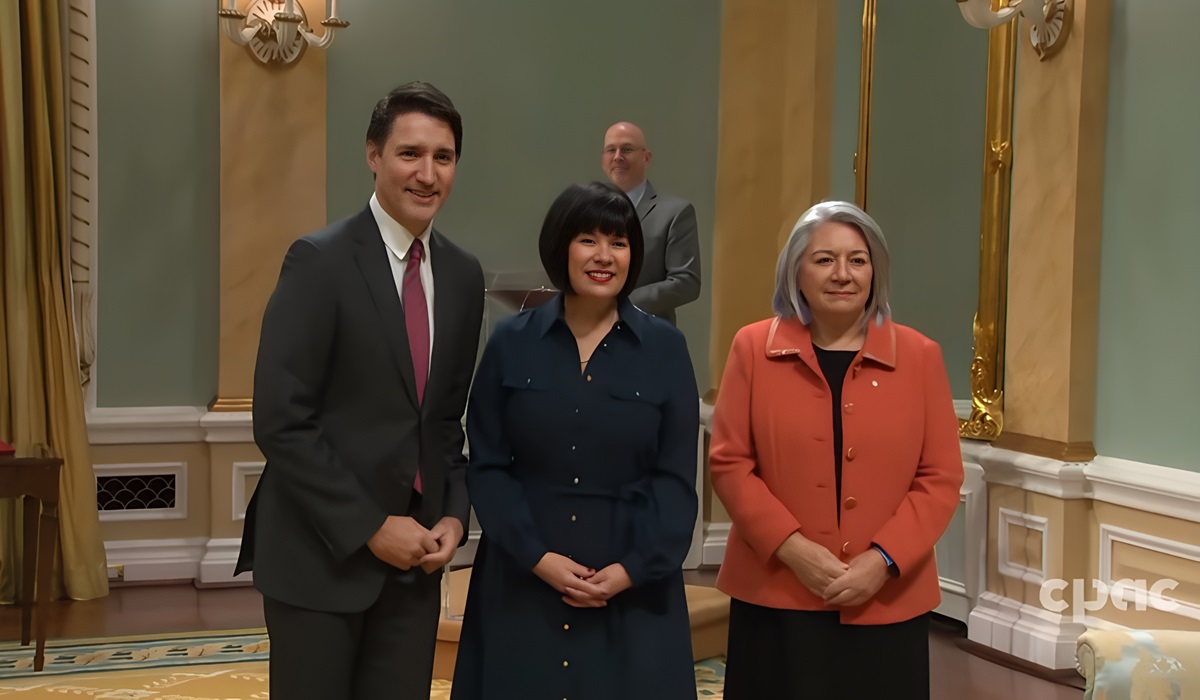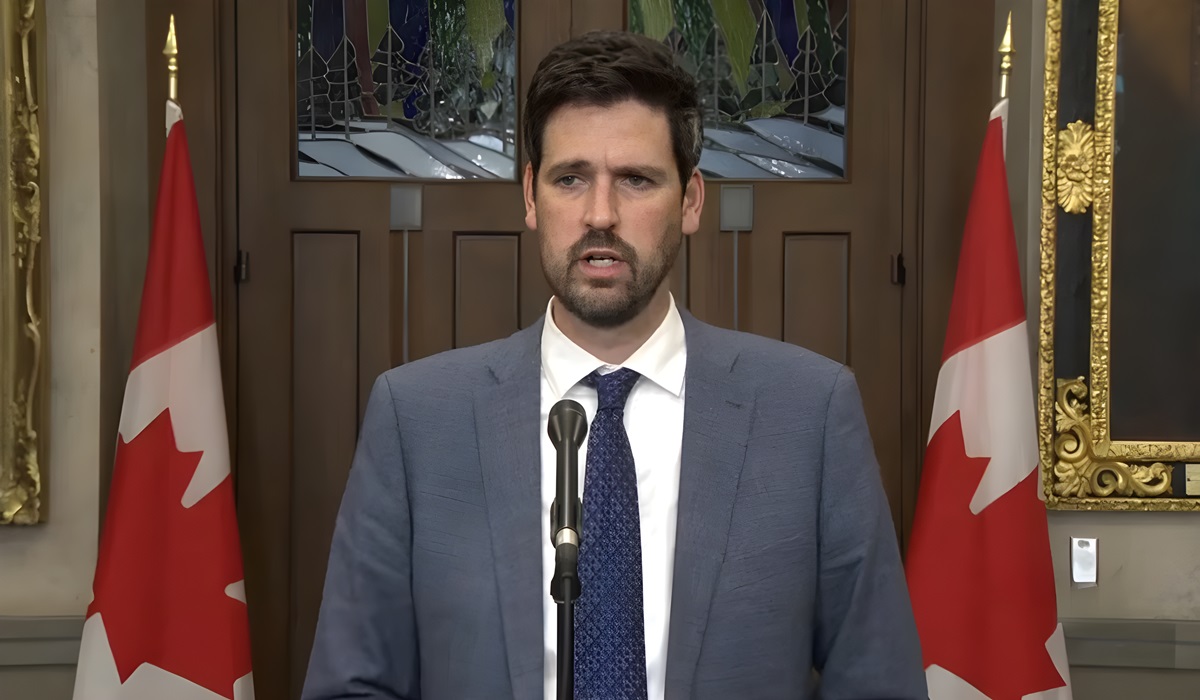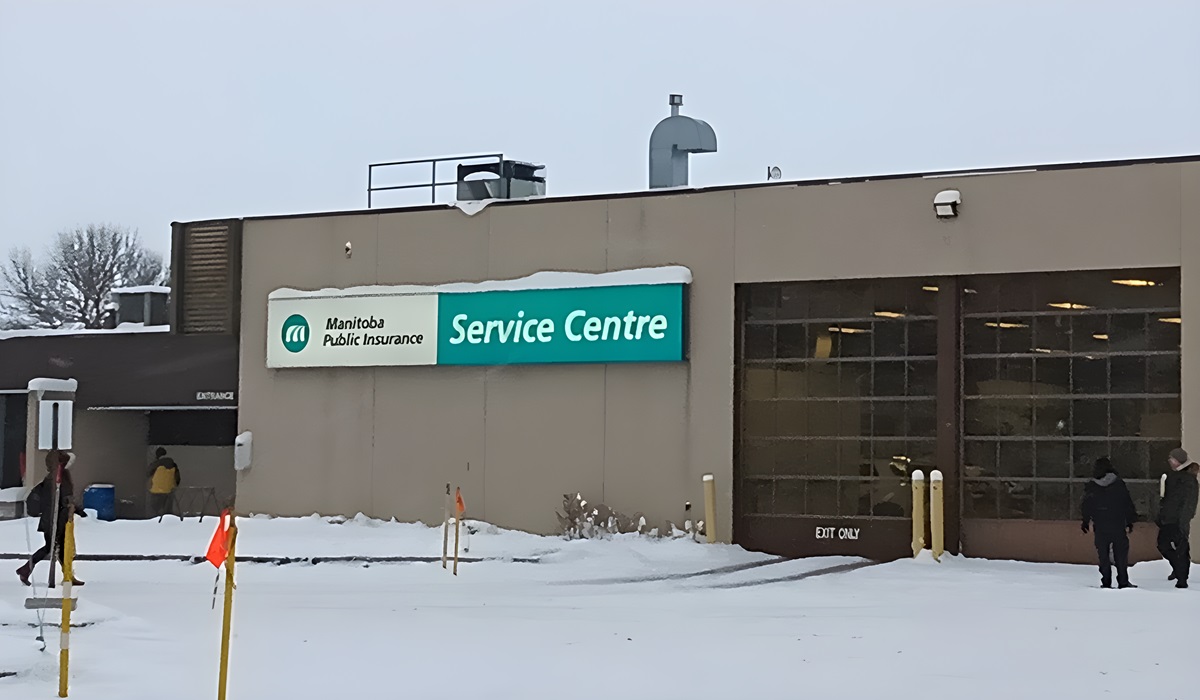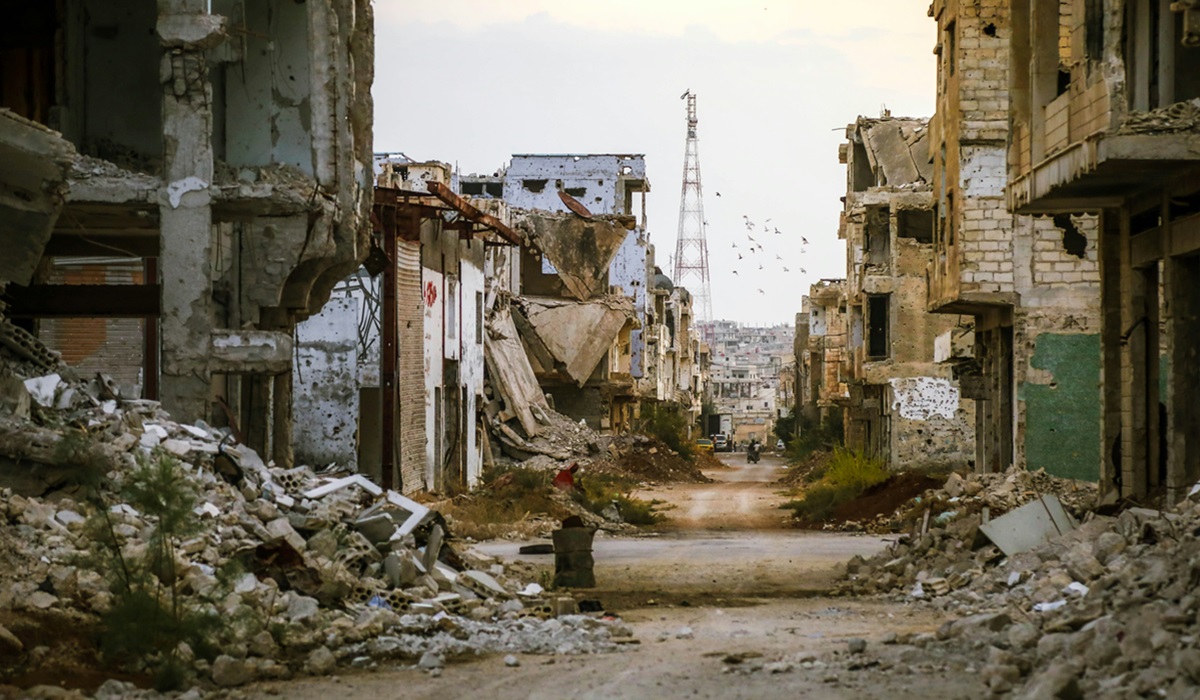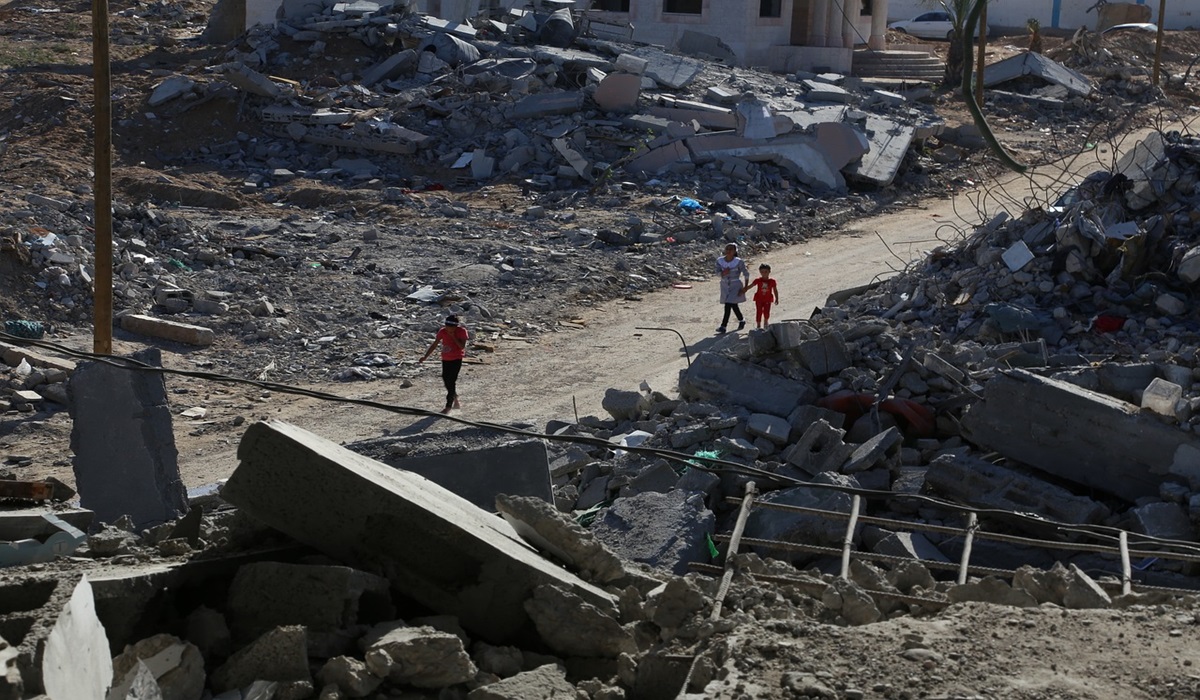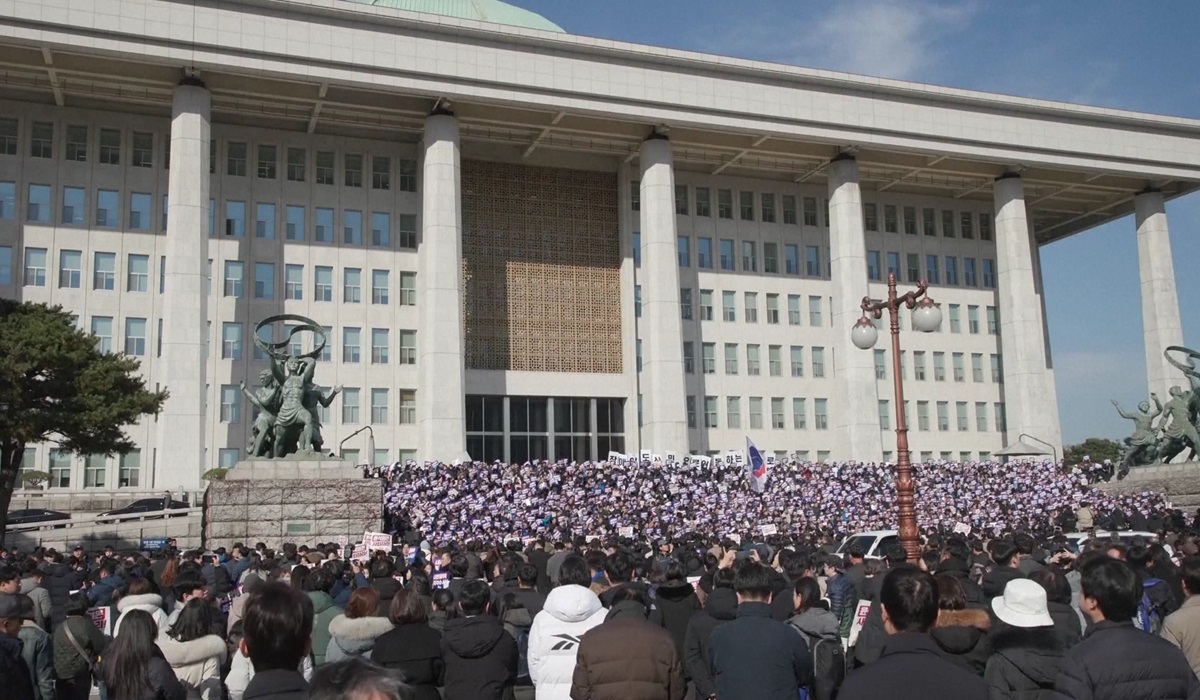Global Humanitarian Assistance Crisis: Only 18 Percent of Needed Funding Received Midway Through 2024
- Kingston Bailey
- Breaking News
- July 2, 2024
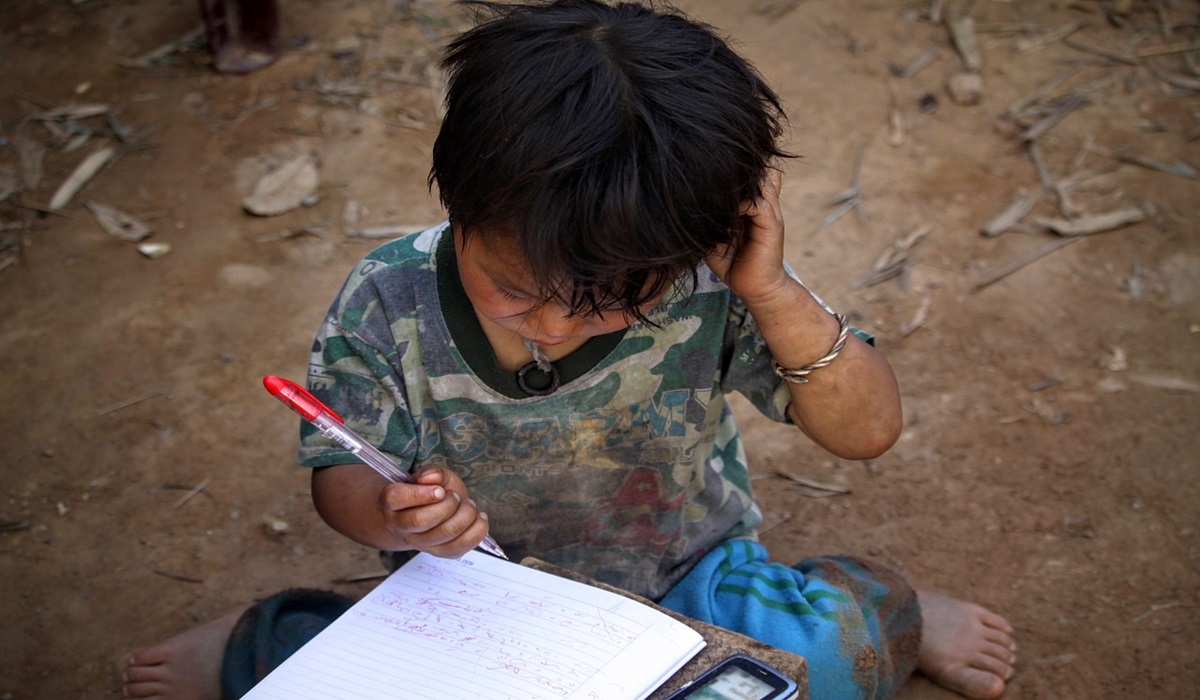
Image Credit, StockSnap
As the world navigates through 2024, a staggering shortfall in humanitarian funding has become alarmingly apparent. The United Nations Office for the Coordination of Humanitarian Affairs (OCHA) reports that only 18 percent of the required $48.7 billion for global humanitarian assistance has been received. This critical gap threatens to leave millions of people in crisis without the lifesaving aid they desperately need.
“At a time when the world is falling apart for millions of people, we are seeing an increasing trend of international neglect,” warned Jan Egeland, Secretary General of the Norwegian Refugee Council (NRC). “I have never before seen such a glaring gap between the need for lifesaving aid and available funding.”
Egeland highlighted a concerning trend: while humanitarian needs continue to grow, funding has not kept pace. Last year marked the first actual drop in humanitarian funding for global appeals, and 2024 appears even bleaker. The shortfall of $39.7 billion has dire implications for vulnerable populations worldwide.
“It is devastating that nations are able to send satellites to the far side of the moon, but unwilling to prevent children from starving to death here on Earth,” Egeland stated. He emphasized the dependency on contributions from a limited number of countries, while many capable nations fall short of providing adequate support.
NRC staff have observed the severe consequences of these funding cuts. Food and cash assistance programs are being reduced, forcing refugees to return to unsafe conflict zones. Others are resorting to selling essential possessions or engaging in risky behaviors such as transactional sex or early marriage to survive.
The situation is further exacerbated by the suspension of development assistance in several countries, as detailed in a recent NRC report. This withdrawal of aid often forces humanitarian actors to fill gaps in basic services like health, education, and sanitation, placing additional strain on an already overstretched system.
The crisis is not evenly distributed. In 2023, nearly half of the funding went to just five emergencies: Ukraine, Syria, Yemen, Afghanistan, and the occupied Palestinian territories. Meanwhile, critical areas such as Sudan, Burkina Faso, the Democratic Republic of Congo (DRC), and Myanmar remain severely underfunded.
Burkina Faso, for instance, received only 16 percent of its Humanitarian Response Plan funding in 2023, making it one of the most neglected displacement crises according to NRC. Other underfunded crises include Sudan (17%), Venezuela (10%), Myanmar (12%), Ethiopia (14%), and El Salvador (14%).
The lack of sufficient humanitarian funding has profound implications. Vulnerable populations are forced into negative coping mechanisms, perpetuating cycles of vulnerability and instability. Ignoring these needs exacerbates suffering, fuels instability, undermines social cohesion, and prolongs conflicts, impacting both regional and international stability.
The NRC calls for donor governments to sustain and, where possible, increase their humanitarian budgets. Emphasis is placed on equitable financing to ensure neglected crises receive the attention they desperately need. Traditional donors are urged to enhance dialogue and outreach to economically capable governments to assume greater responsibility for humanitarian funding.
As the world faces unprecedented humanitarian needs, the call for international solidarity and action has never been more urgent. The lives of millions depend on it.

